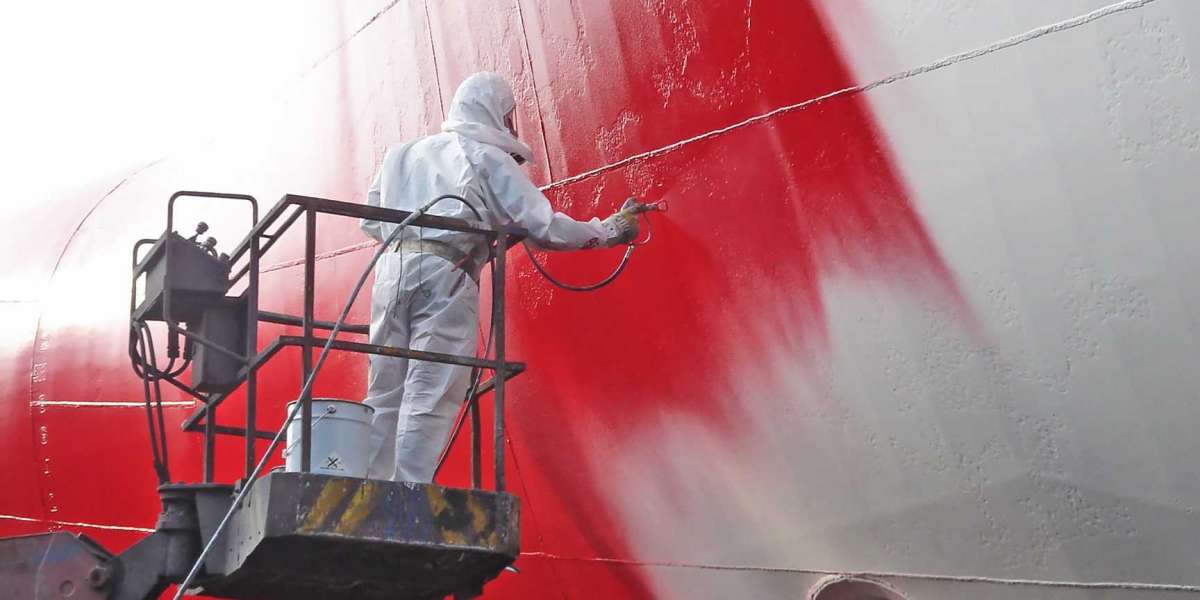Marine coatings: Understanding why protection of vessels is crucial
Marine Paints and their Importance
An essential part of maintaining vessels of any kind is properly protecting the hull and other exposed areas from corrosion caused by seawater. The marine environment is extremely harsh and can rapidly damage uncoated surfaces. Marine paints provide a barrier between the metal and water, preventing corrosion from occurring. Without this barrier, the structural integrity of ships and boats would be compromised.
Types of Marine Paints
There are several different types of marine coatings that serve various protection purposes. Here are some of the most common:
Antifouling Coatings
Antifouling coatings are applied to the underwater portion of the hull. Their purpose is to prevent marine growth such as algae and barnacles from attaching to the surface. These organisms can significantly slow the vessel down if allowed to accumulate. Modern ablative antifouling paints wear away over time, releasing biocides that deter fouling.
Preservation Coatings
Preservation or holding coatings are used above the waterline as a protective primer. They shield the substrate from moisture and gases in the atmosphere. Common preservation coatings include epoxy and vinylester products.
Underwater Coatings
Underwater coatings are high-performance coatings designed for immersion in seawater. They provide robust corrosion protection for wet spaces inside vessels as well as external areas that are periodically submerged like sea chests. Epoxy and chlorinated rubber coatings are often used.
Anti-Corrosion Coatings
Anti-corrosion or tank coatings are applied to cargo tanks, ballast tanks, and other enclosed spaces prone to corrosion issues. Their role is to form an impermeable barrier between the tank itself and any corrosive cargoes or water residues inside. Epoxy and coal tar epoxy systems are effective anti-corrosion options.
Performance of Marine Coatings
For marine paints to perform their protective functions properly, they must adhere strongly to the substrate, endure extensive physical abuse, and resist degradation from exposure to seawater. Here are some key aspects of their performance:
Adhesion
Marine paints need to form a tight bond with the metal surface that cannot be compromised over time. Inspections check for signs of peeling, bubbles, or other adhesion failures. Surface preparation is critical for maximum adhesion.
Flexibility
Vessels experience expansion and contraction with temperature changes as well as wave-induced stresses. Coatings must flex without cracking to accommodate normal hull movement. Elastomeric polymers improve flexibility.
Abrasion Resistance
During service, marine paints face constant abrasion from water currents, windblown debris, anchor and mooring chains, and more. Abrasion-resistant formulations withstand wear without exposing bare metal.
Corrosion Protection
The primary function of paints is preventing corrosive seawater, humidity, oxygen, and other elements from reaching and reacting with the substrate. High-performance polymers and additives provide an effective barrier.
UV Resistance
Prolonged sunlight exposure can degrade coating polymers over time. UV-absorbing pigments and stabilizers protect paints from breakdown caused by ultraviolet radiation.
Toxicity Resistance
Marine coatings must resist degradation when submerged in seawater which contains bacteria, algae, microbes, acids, and dissolved salts that can compromise protective properties. Biocidal ingredients safeguard the coating.
Surface Preparation and Application
The surface preparation and application methods used have a significant influence on how successfully a marine paints will perform its job safeguarding the vessel. Thorough cleaning and abrasive blasting ensure removal of all contaminants and provide an ideal profile for the coating to bond to.
Most marine paints are applied using airless spray equipment for efficient transfer of the coating with uniform thickness and appearance. Strict environmental conditions are followed to avoid application issues. Multiple coats may be required to achieve the specified film thickness for optimum performance.
Proper surface preparation, application technique, and coating selection are essential to ensure marine coatings protect vessels as intended throughout their required servicing period and beyond. Regular inspection checks for any signs of degradation, damage or mechanical failures so remedial action can be swiftly taken. With the correct maintenance following the coating manufacturer's recommendations, vessels can remain well-protected from corrosion for many years of operations.
Search
Popular Posts
-
 The mobile app Pin Up casino
The mobile app Pin Up casino
-
 Laser Cleaning Dry Market Size, Industry & Landscape Outlook, Revenue Growth Analysis to 2030
Laser Cleaning Dry Market Size, Industry & Landscape Outlook, Revenue Growth Analysis to 2030
-
 Shop the Latest Collection of Fans at Malta's Leading Store - Fans Malta
Shop the Latest Collection of Fans at Malta's Leading Store - Fans Malta
-
 Looking for a new high efficient product for your home or office?
Looking for a new high efficient product for your home or office?
-
 Looking for a new high efficient product for your home or office?
Looking for a new high efficient product for your home or office?



